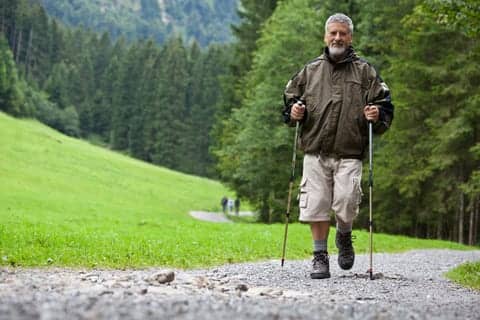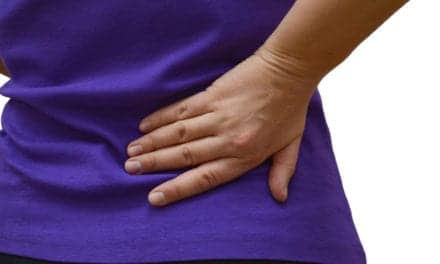A study of nearly 36,000 men over a 24-year span showed that walking can significantly aid in the prevention of hip fractures. A news release from the American Physical Therapy Association (APTA) also notes that researchers found that “contrary to expectation,” sedentary behavior can serve a preventive role as well, particularly when accompanied by 2 or more hours of walking per week. Researchers examined data from the Health Professionals Follow-Up Study, a project that uses questionnaires to track the health of about 51,000 men.
The APTA news release notes that over the 24 years of the study, 546 hip fractures were reported. After excluding fractures attributable to malignancy or a major traumatic event, such as an auto accident, researchers were left with 490 cases of fractures, with 85% of those fractures occurring because of a slip, trip, or fall from chair height. Overall, researchers found that after controlling for strenuous activity and other risk factors, men who reported walking 4 or more hours a week had a 43% lower risk of hip fracture than men who walked for less than 4 hours weekly.
In addition, the results of the study show that walking pace also had a significant effect: men who spent 4 or more hours walking at a brisk pace experienced a 62% lower risk of fracture. The authors of the study related the risk reduction associated with walking to improved muscle strength and balance, but did not see the same relationship when they looked at strenuous activity. The research team wrote that “in contrast to walking, more time spent in strenuous activity did not reduce risk of hip fracture.”
Also, according to the study, the researchers note “more time spent sitting was associated with a lower risk of hip fracture even after adjustment for total activity and all other risk factors.” Researchers wrote that men who sat for 50 or more hours a week reduced their risk of fracture by 38% and could gain a 45% reduction in risk if they also walked for 2 or more hours a week, as indicated on the APTA news release.
Source: APTA





